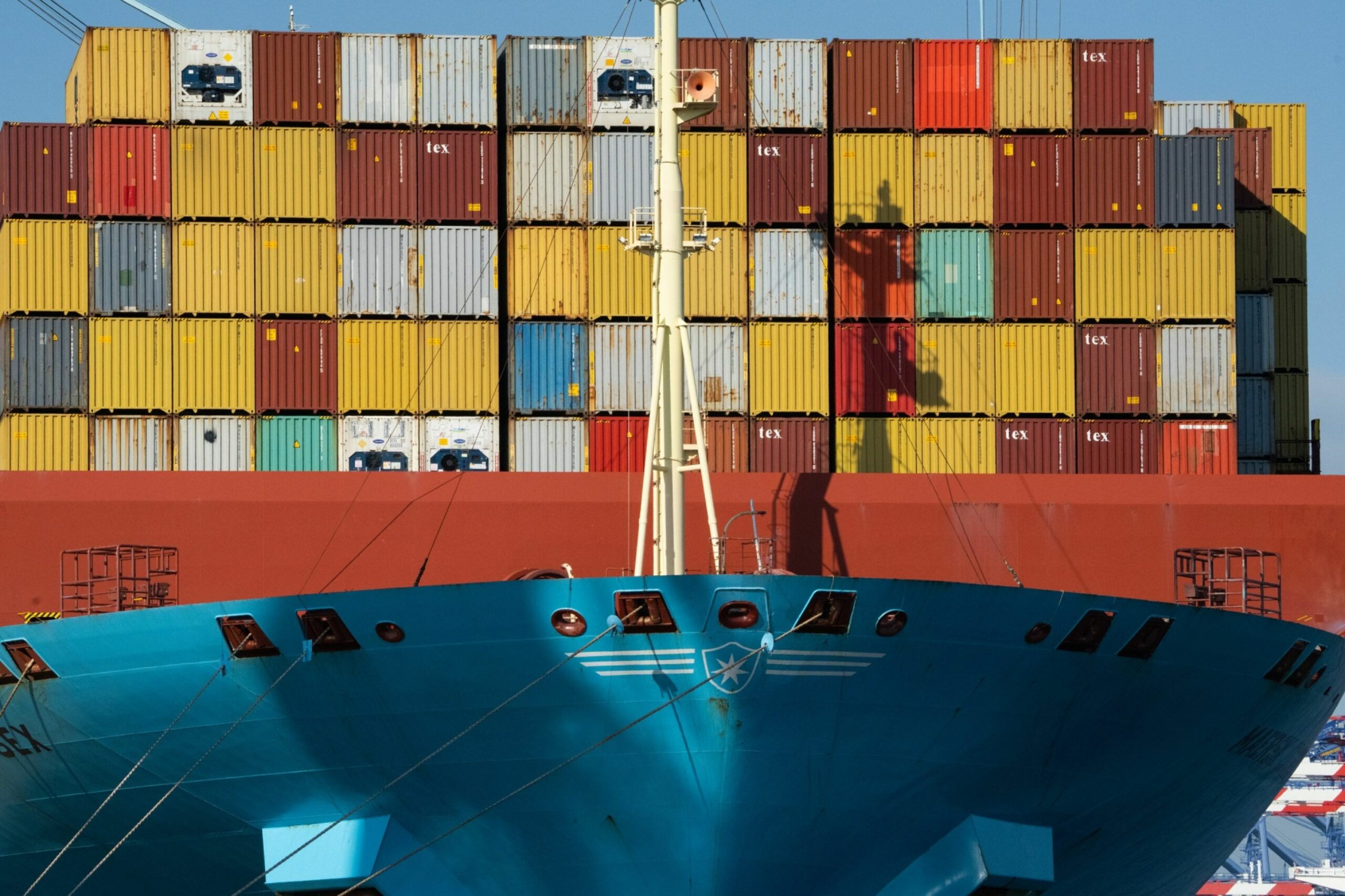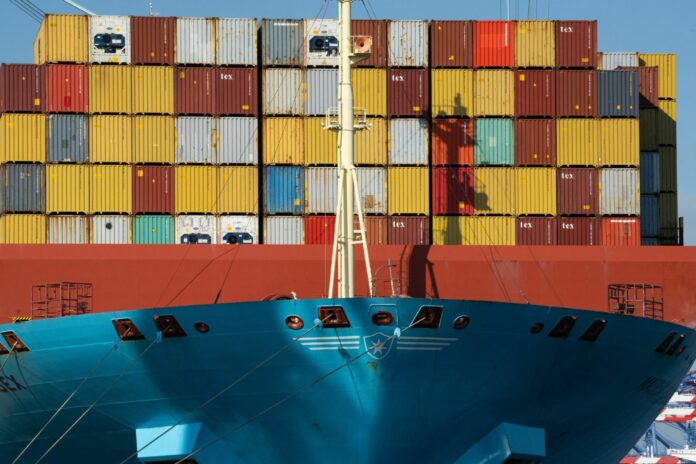
EXPORT industry stakeholders are pushing for the implementation of standardized shipping fees, which have increased amid vessel shortage due to container imbalance.
In a joint position paper a copy of which was sent to the BusinessMirror, several industry representatives stressed that shipping charges based on International Commercial Terminology (Incoterms)—a globally accepted standard for international trade—will allow businesses to have better cost management. As such, shipping lines can also be more competitive as Incoterms levels the playing field in terms of pricing, they added.
“We believe this will also impact other charges that are usually outside the purview of shipping lines—and are therefore charged based on market rates—but are offered as added services,” the letter noted, citing warehouse storage and drayage from source to port or port to consignee.
The position paper—signed by the Supply Chain Management Association of the Philippines (SCMAP), Export Development Council-Networking Committee on Transport and Logistics, Philippine Exporters Confederation Inc. and Philippine Chamber of Commerce and Industry—was submitted to the House of Representatives’ Committee on Transportation on June 8.
Advocating for standardized shipping costs, the industry representatives threw their support behind the following House Bills (HB):
HB 4316, otherwise known as An Act Regulating the Application of Local Charges (at Origin and Destination) Imposed by International Shipping Lines to Comply with Existing Laws on Obligations and Contracts and International Commercial Terminology Establishing Guidelines Therefore; and
HB 4462, otherwise known as An Act Mandating the Maritime Industry Authority (Marina) to Promote Fair and Transparent Destination and Other Shipping Charges among Forwarders and Agents of International Shipping Lines.
The joint statement explained that the said bills will also impact other players in the logistics sector. “For instance, the standardization of charges would provide relevant authorities with the means to gauge and assess petitions for increase in rates, i.e., cargo handling rate increases in the case of port operators,” they said.
The exporters explained then that price increases will be based on quantitative pricing mechanisms instead of a unilateral move by a company as a cost recovery measure.
The industry representatives said the differences in costs, which they hope to be “minimal,” will be based on other factors, citing the differences in port infrastructure.
“While the proposals are primarily concerned with international shipping, they may also provide a framework to address issues of high domestic shipping costs, which continue to be a problem among businesses in the country and a hindrance to their competitiveness,” they continued.
Shipping costs for shipments sent to the Philippines are way more expensive compared to its neighbors in the region, they said. The average cost for local ports amounts to $592 per 20-feet (ft) full container load, as against the $202 average in other countries.
The industry groups blamed the high logistics fee on lack of regulatory oversight, given that no agency is tasked with monitoring local charges imposed by international shipping lines.
Varying shipping costs
DATA provided by SCMAP members showed the varying amount of total shipping charges among four shipping lines. The costs are based on shipments made to Manila with differences in the types of cargo being moved.
For the three shipping lines that moved 20-ft containers, the total shipping fees range from $1,500 to about $2,300. Broken down, ocean freight, trucking charges and destination charges averaged at $900, $337 and $698, respectively.
For the shipping line that transported a 40-footer, total shipping fees amounted to $3,929. Ocean freight was priced at $2,000; trucking charges, $380; and destination charge, $1,549.
It was noted that destination charges comprised between 30 percent and 50 percent of the total shipping charges. The costs depend on container size, volume of shipment, location, services offered by shipping lines and “negotiated rates.”
“The examples above also illustrate the different terms used to refer to various destination charges depending on the shipping line,” the groups explained.
“While someone who is experienced in imports and exports may be able to ascertain which charges are comparable to each other, the differing terms mean there is some difficulty in making an apples-to-apples comparison, and can lead to some shipping lines charging higher-than-acceptable rates for certain services,” they added.
Apart from these, the shipping lines are also charging varying amounts for additional logistics costs, including terminal handling charge, equipment imbalance surcharge, container imbalance charge, peak season charge, and cleaning fee.
Designating Marina
THE export industry stakeholders also backed the proposed Philippine Shippers Act of 2021 by the Department of Trade and Industry (DTI) as this will boost transparency in the logistics sector.
Last month, Trade Secretary Ramon M. Lopez told the BusinessMirror he was hoping that the said bill, which seeks to mitigate the surging freight costs, will be passed this year.
The proposed measure aims to grant Marina power to oversee the freight charges being imposed by the logistics service providers. The draft bill was submitted to Congress and the Economic Development Cluster.
Currently, the Trade department is also working with the Philippine Competition Commission on the ongoing investigation of potential price-fixing in the logistics sector that led to high freight costs.
“Ultimately, we believe that these proposals will bring us one step closer to more competitive and reasonable logistics costs, a more competitive and responsible logistics services sector, more competitive importers and exporters and improved quality of life and access to products for end consumers,” the joint letter reads.
Image courtesy of Bloomberg News
Read full article on BusinessMirror

